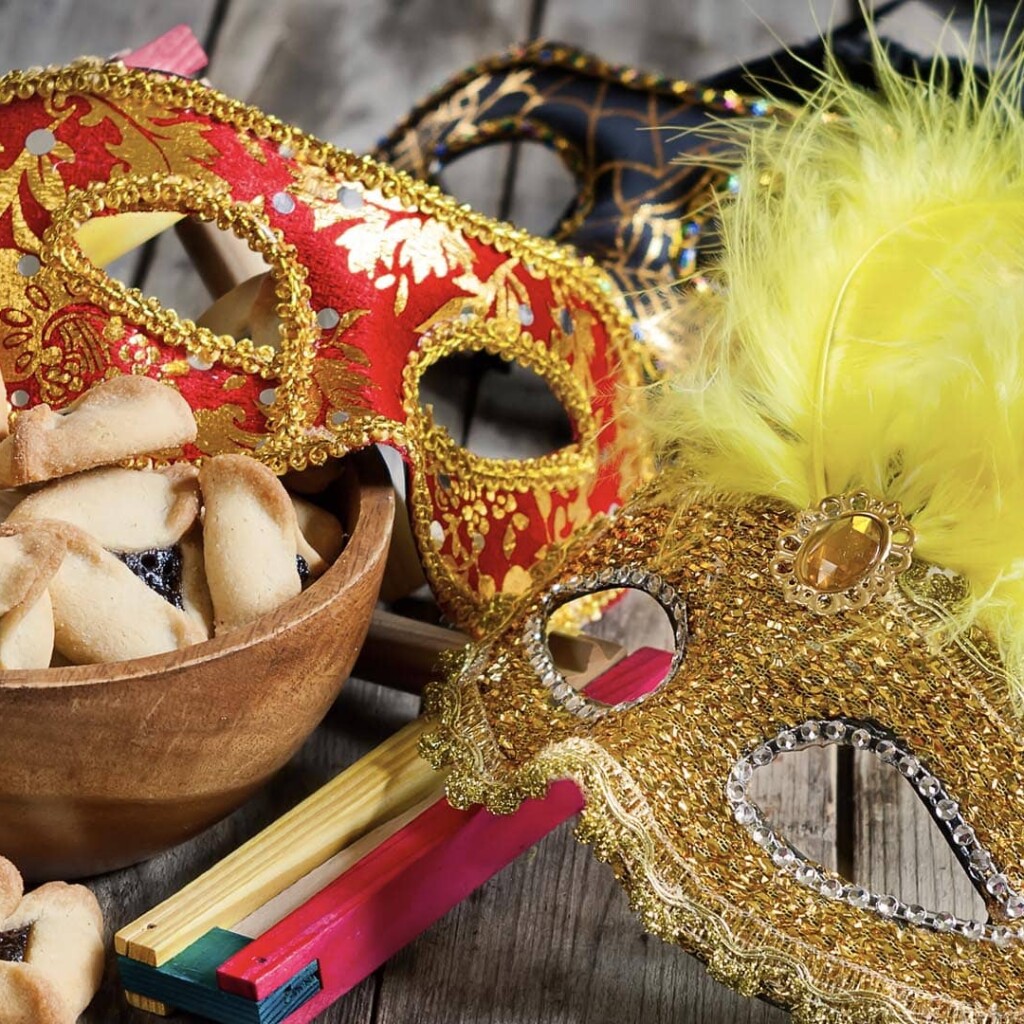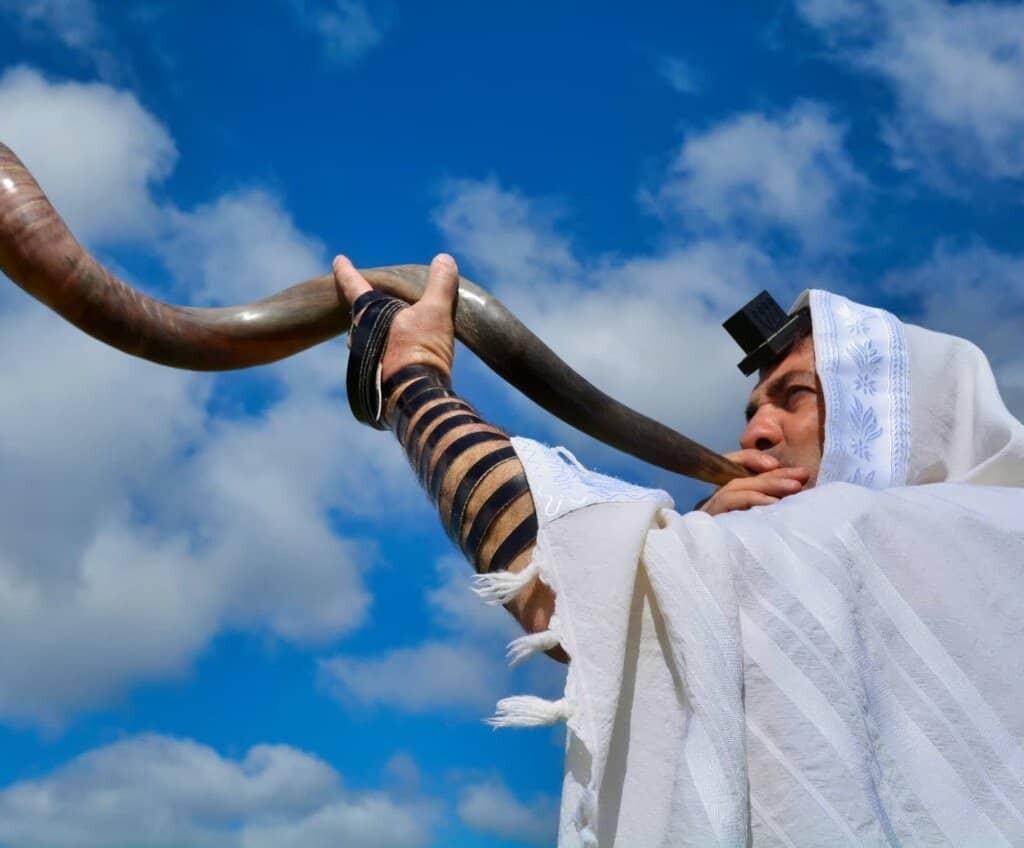Celebrate the Joy of Purim: A Day Unrestricted by Religion
Purim provides a unique opportunity for Jews of all ages and backgrounds to express joy without the need for a strict religious framework. Normally Jewish observances involve intense and serious reflection, leaving little room for celebration and pleasure.
Purim is an occasion to embrace the joyful side of life. It is a time where revelry and cheerfulness are both accepted and encouraged, with traditional celebrations including partaking in alcoholic beverages “ad-lo-iadah” (until one cannot distinguish) until they no longer can differentiate between the curse of Haman (the villain) and the blessing of Mordechai (the hero).
Celebrated annually, Adloiada is a public parade that marks the joyous Purim holiday. Children take to the streets of Israel wearing costumes and masks to commemorate the victory of the Jewish people over their enemies. During this time, we are reminded to embrace joy and hope, and celebrate life despite any difficulties that may come our way.
Celebrate Purim: Revel in Jewish Tradition and Joyful Noise!
The Yiddish proverb, “Purim iz kain ióntev nit,” implies that Purim is more than just a regular holiday—it is a spiritual experience.
Celebrate Purim with joyous merriment! Enjoy a festive day of leisure and entertainment that’s unlike any other religious celebration. Shake your rattles, sip your drinks, sing songs and march in the streets with masked troupes to honor this special occasion.
In some Eastern Jewish communities, Purim is celebrated with a ceremonial parade around a representation of “Haman Harasha” (Haman the Wicked). After the reading of the Book of Esther – Megillah – has been completed, children take to the central courtyard, driving in a stake and suspending on it a doll filled with straw and rags.
The congregation then joins in an expression of contempt for Haman’s character, clapping their hands and shouting “Haman Harashah!” During the reading of Megillat Esther, which contains the book of Esther from the Bible, both children and adults demonstrate their enthusiasm for the story by clapping their hands, stamping their feet and shaking rattles whenever Haman’s name is mentioned.
Experience the Exciting Drama of Megillat Esther: A Fast-Paced Tale You Won’t Soon Forget.
“Megillat Esther” doesn’t follow the serene pace of the Book of Ruth – it’s a gripping drama, unfolding like a novel and sure to keep you on the edge of your seat!
The plot moves at a fast and dynamic pace with unexpected twists and turns that keep the audience’s attention. For example in one scene, Queen Vashti hosts a grand banquet at the palace but is quickly judged and deposed by King Ahasuerus (Ahashvérosh).
Esther’s story is that of a humble orphan who against all odds, becomes the queen of the kingdom. Meanwhile, Haman, the Grand Vizier is forced to lead Mordechai through the streets of the city on his horse.
In the provinces, the Jews, who formerly fasted and mourned, now celebrate amid great rejoicing. However, all this does not take place in silence but is accompanied by a great din.
Haman leads Mordechai in a parade while the heralds run excitedly carrying the royal decree. In Shushan, the capital of Persia, great joy overtakes everyone as Mordechai exits the palace wrapped in a purple robe and wearing a golden crown.
The “Megillah” is a story that moves quickly from one climax to the next, keeping the audience in suspense from beginning to end.
The Purim celebration is not only a holiday but also a drama that unfolds in several acts, with its prologue and epilogue. From the evening before the holiday, there is an atmosphere of anticipation. That day, in particular, is known as “Zechor”, where the “Parashah” (episode or fragment of the Torah) of the same name is read in the synagogues: “Remember”.
The symbolism of Amalek and the importance of the “makhatzit hashkel” tribute on the holiday of Purim
The theme in question refers to the memory of Amalek, a people who harassed the Israelites in the desert and were defeated by Moses and his people.
In Jewish culture, Amalek symbolizes all enemies who have tried to harm the Jewish people throughout history. Today, some observant Jews react with fury when they hear the phrase “Ki majeho emcheh et zecher Amalek mithachat hashamayim” (“For I will surely blot out the memory of Amalek from under heaven”), banging on tables and walls in repudiation.
The second prologue of the Jewish festival of Purim is commemorated on the date known as “Taanit Esther”, also called “Esther Tones” or “The Fast of Esther”.
As for the beginning of the main drama, it only takes place on the afternoon of “Taanit Esther”, after the evening prayer (“maariv”), with the reading of the sacred text “Megillah”. Before “maariv”, however, a symbolic ceremony of great importance takes place: the payment of the “majatzit hashekel”, an ancient coin equivalent to half a shekel.
Tribute known as “majatzit hashekel” was an obligation for all Jews over 20 years of age who wished to make offerings in the “Bet Hamikdash”, the Temple of Jerusalem. The new year in the Temple began in the month of Nisan, but four weeks before the payment of the tribute in question was made.
According to the Talmud, “Be-echad ba-Adar mashmiin al hashekalim” (“On the 1st of the month of Adar the announcement of the ‘shekalim’ is made”), indicating that the announcement of the payment of the tribute was made at the beginning of the month of Adar.
The importance of the Temple of Jerusalem in the Purim holiday: traditions, customs and symbolism
Although more than 1900 years have passed since the destruction of the Temple of Jerusalem, for the Jewish community the “Bet Hamikdash” remains a symbol of thought, faith and hope. On the eve of the Purim holiday, every Jew makes his symbolic contribution to the Temple.
The three main ceremonies of Purim are the reading of the sacred text “Megillah”, the sending of gifts, especially food, known as “mishloach manot”, and the “seudah”, a festive dinner which is the highlight of the celebration.
Purim is distinct from other religious holidays, not only in its celebratory nature but also in the lack of a designated spiritual tone.
Folk customs and rich folklore abound in this region, full of sayings, anecdotes, humorous tales, speeches and jokes to make you laugh out loud. Parodies and ridicule for all occasions will keep your sides splitting with mirth.
The importance of Purim today: a message of hope in a time of crisis
For several days, known as “Yemei ha Purim” or “the days of Purim”, an extended period of fun is celebrated that includes both the pre-Purim and the eve and day of Purim itself. As an epilogue, there is the day of “Shushan Purim”.
This last day is especially enjoyed by the children, who are free from elementary school, also known as “cheder”, and have the opportunity to sample delicious treats.
Today, Purim has even greater relevance than in times past, due to the impact of the Shoah (Holocaust) and the mass extermination of Jews in Europe, as well as the creation of the State of Israel. The dramatic history of this ancient holiday conveys a powerful message, which resonates today:
The message of Purim is clear:
Jews must not lose hope in times of crisis, even when the threat of annihilation seems imminent. The Book of Esther reminds us that “révach vehatzalah iaamod laiehudim,” i.e., “relief and salvation will come to the Jews.” The Hamans of the world will eventually meet their fate at the gallows, while the Jews will be rewarded with “orah vesimchah vesashon vikar” (“light and joy, rejoicing and honor”), as described in the same book.




